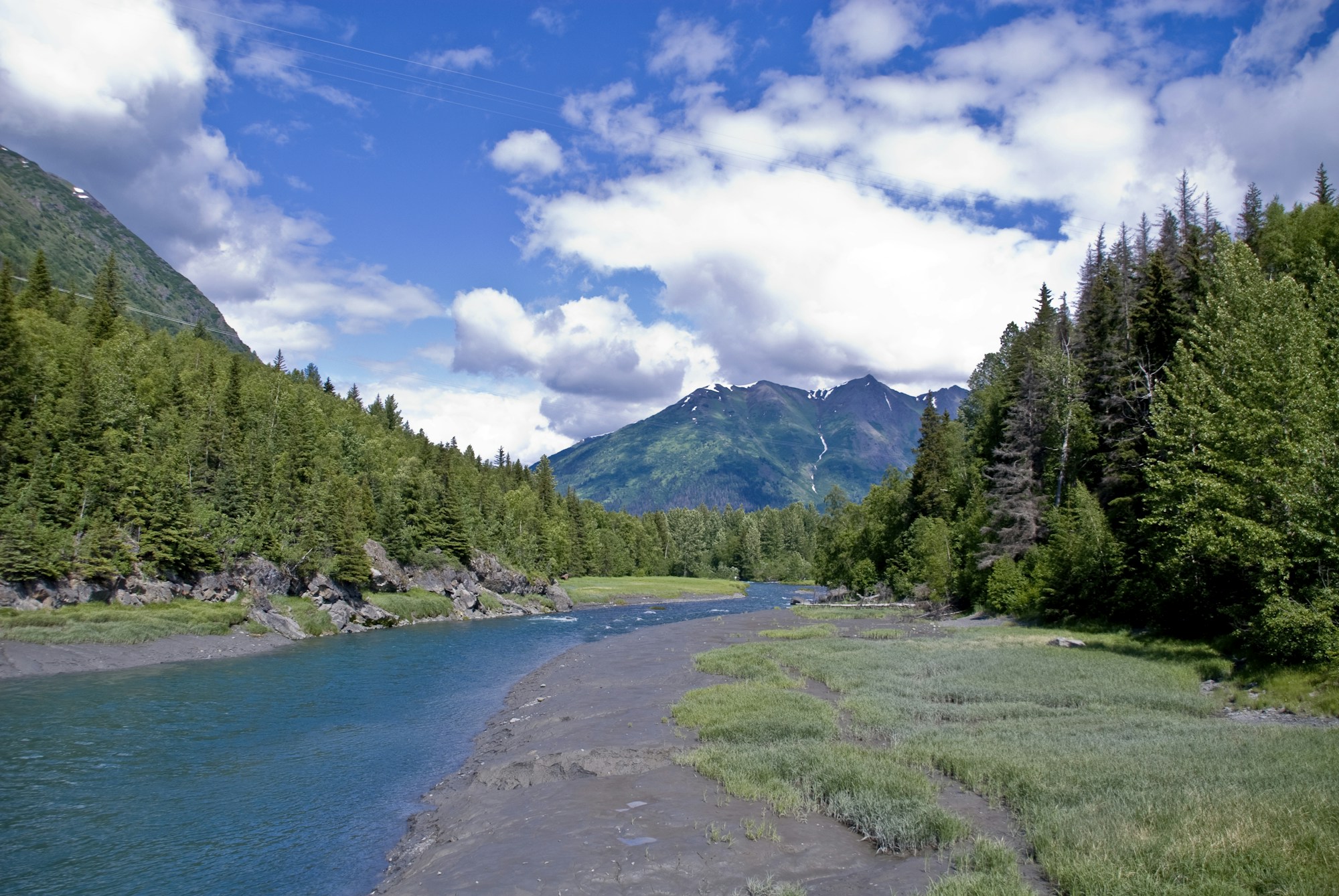Anchorage Climate Guide: Best Months to Visit

Anchorage Climate Guide: Best Months to Visit
When planning a trip to Anchorage, Alaska, understanding the climate and weather patterns can greatly enhance your experience. Anchorage has a subarctic climate with chilly winters and mild summers, influenced by its proximity to the ocean and surrounding mountains. The best months to visit Anchorage largely depend on your preferred outdoor activities and weather preferences. Below is a detailed climate guide to help you choose the perfect time to visit this beautiful city.
| Month | Season | Humidity | Temperature | Sunlight | Rainfall |
|---|---|---|---|---|---|
| January | Winter | Low | 10°F to 24°F | 4 hours | 2.1 inches |
| March | Spring | Moderate | 19°F to 34°F | 9 hours | 1.0 inches |
| May | Spring | Moderate | 36°F to 54°F | 16 hours | 0.9 inches |
| July | Summer | Low | 53°F to 66°F | 18 hours | 2.8 inches |
| September | Fall | Moderate | 39°F to 53°F | 12 hours | 1.5 inches |
| November | Fall | Low | 20°F to 32°F | 6 hours | 1.6 inches |
Key Highlights:
- Anchorage experiences long days during the summer months, with up to 18 hours of sunlight in July, perfect for outdoor activities.
- Winter months, particularly January, are cold with minimal daylight hours but offer unique opportunities for winter sports and viewing the Northern Lights.
- Spring and fall are transition seasons with moderate temperatures and varying daylight hours, ideal for exploring the scenic landscapes.
Based on your preferences for weather and activities, you can choose the best time to visit Anchorage and immerse yourself in its natural beauty and outdoor adventures.
